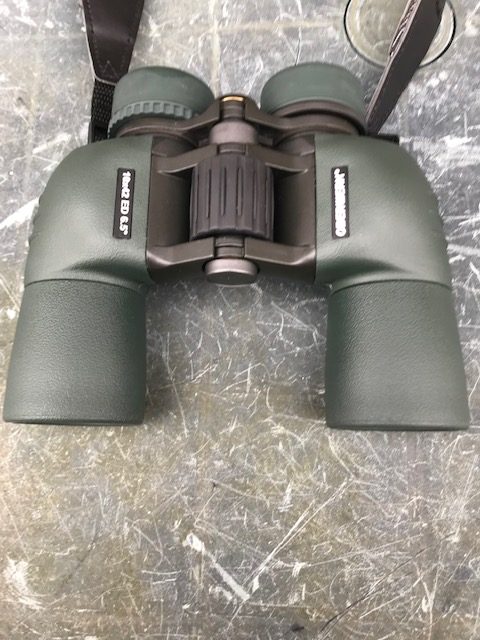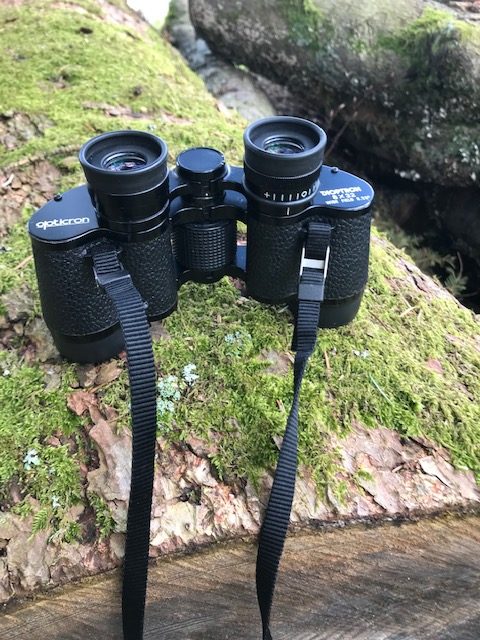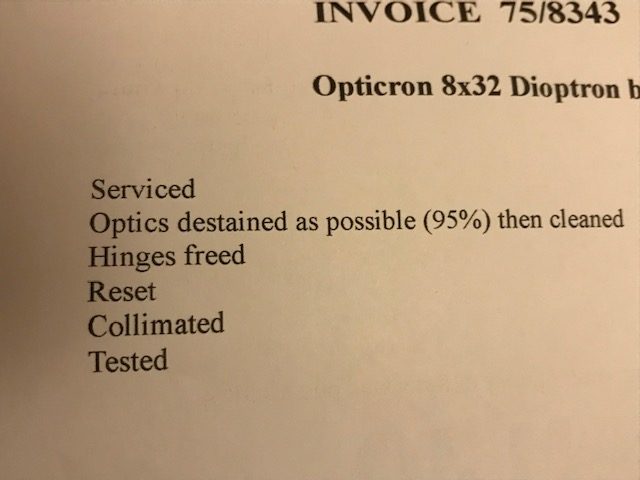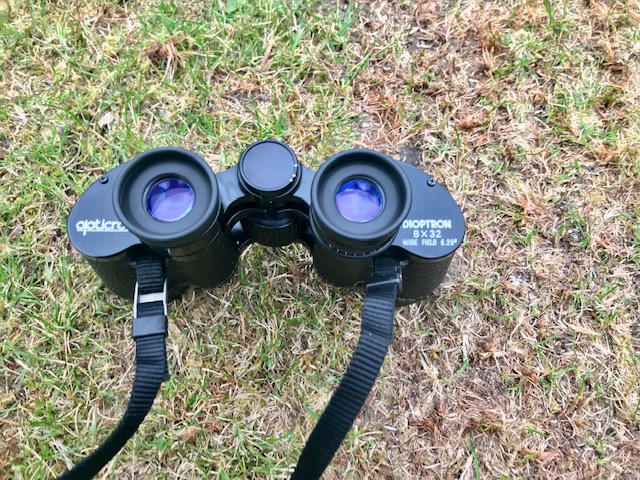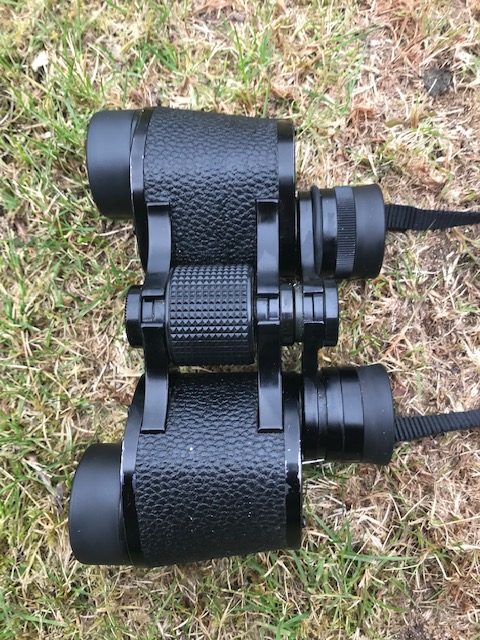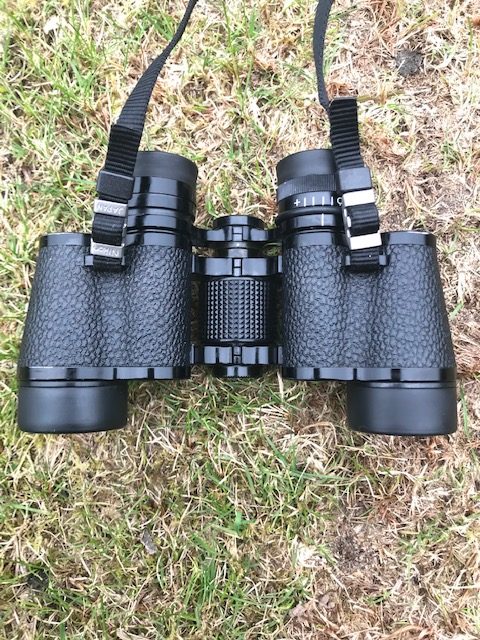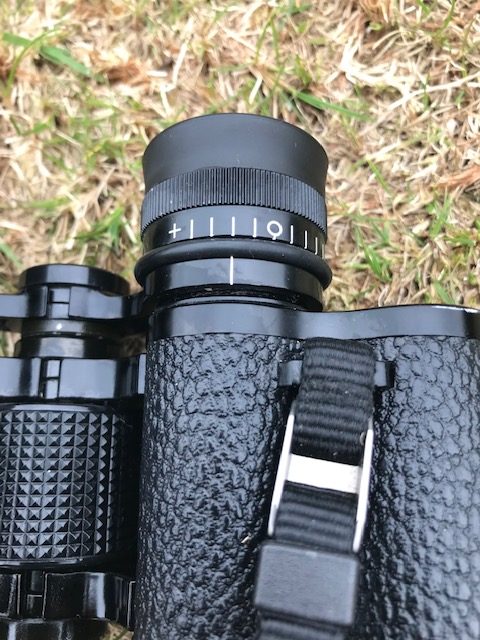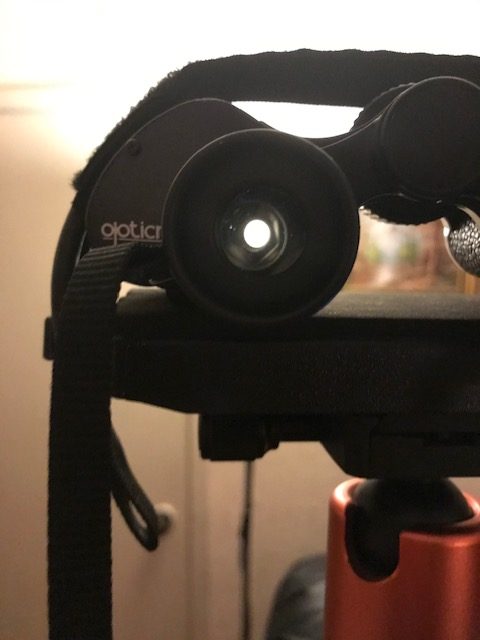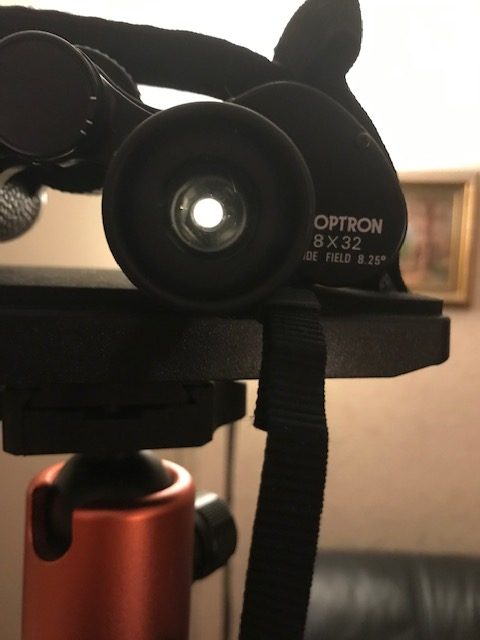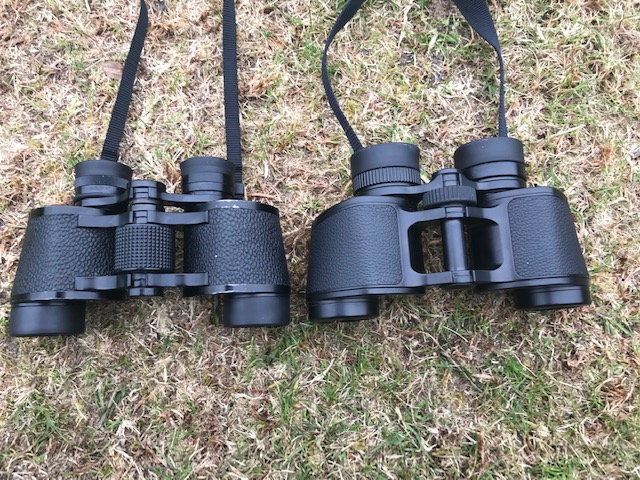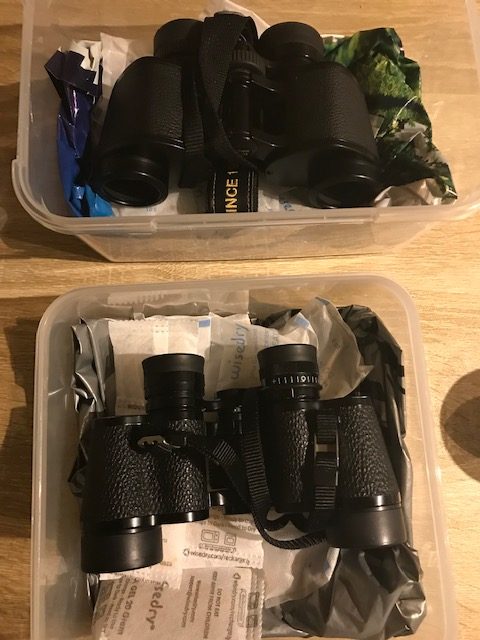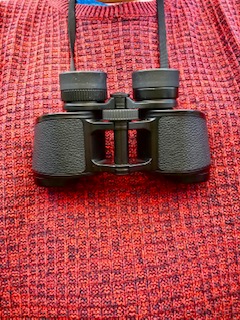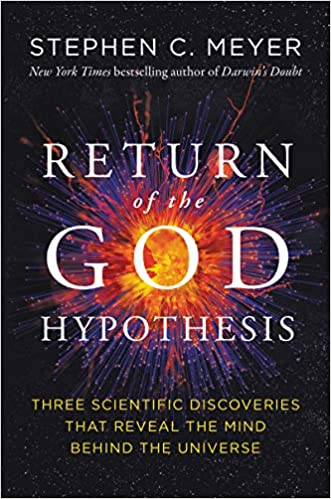
A Work Commenced May 3 2023
Product: Svbony SA405 20x-60x 85mm ED Spotting Scope
Place of Manufacture: Hong Kong
Clear Aperture: 85mm
Focal Length: 482.6mm
Focal Ratio: F/5.7
Objective Type: ED Triplet
ED Glass: Yes
Interchangeable 1.25″ Eyepieces: Yes
Field of View: 1.92 -0.93 degrees
Eye Relief: 19.5-18mm
Eyepiece Diameter: 28mm
Eyepiece Design: 10pieces/7 Groups
Armouring: Army Green Rubber
Prism Type: K9 Porro
Coatings: Fully Multicoated
Retractable Dew Shield: Yes
Focuser Type: Single Speed Helical
Rotatable Tube: Yes, 360 degrees
Waterproof: Yes (IPX6)
Nitrogen Purged: Yes
Close Focus: 12 m advertised, 11.06m measured
Dimensions: 43 x 17.3 x 10.3cm
Weight: 2.1 kilos
Accessories: Soft Protective carry case/weather shield, rubber objective and eyepiece covers, instruction manual, microfibre lens cleaning cloth
Warranty: 1 Year
Retail Price: $589.99
Hong Kong-based technology company Svbony has been on my radar ever since I test drove their excellent SV 202 ED binoculars. These very economically priced instruments are packed full of advanced features that have delighted many thousands of hobbyists around the world with their excellent build quality and great optical performance. Indeed, the SV202 8 x 42 ED is the only full-size roof prism I now use. Svbony are even better known for their astronomy products, from eyepieces to high-quality ED refractors, where they have garnered an excellent reputation for producing high quality products at prices that won’t break the bank.
In a previous review, I showcased their high-quality mini spotting scope, the SV410 9x-27x HD spotting scope (see the Preamble link above) and was very impressed with its optical and ergonomic qualities. While the SV409 serves as a great ultraportable scope, it lacks the higher magnification and greater light grasp of larger aperture spotting scopes mostly employed by birders. These limitations got me curious about test driving a substantially more powerful spotting scope, so I contacted Svbony enquiring about their new high-performance SA405 20x-60x 85mm ED spotting and they agreed to lend me a unit for testing and evaluation.
First Impressions
The instrument arrived extremely well packaged inside a medium-sized, padded box. As well as receiving the spotting scope, I also received a very nicely made soft padded case that can also serve as a protective neoprene sleeve for observing in adverse weather conditions. A comprehensive manual explains all the features of the scope and how best to get it set up for use.
The scope itself is extremely well built and very handsomely presented, tipping the scales at just over 2 kilograms. Covered in a tough, textured army green rubber, it’s beautifully streamlined and easy to hand hold. The zoom eyepiece delivers a continuously variable magnification range from 20x to 60x and moves smoothly throughout its travel. It has excellent twist-up eyecups that click into place firmly. The eye lens is pleasingly large at 28mm making eye placement over the scope easy and intuitive.


The interior of the instrument is immaculate with no dust, residue and nicely machined components. The tough rubber objective and eyepiece covers are very tightly fitting to keep the optics safe when not in use. These are a far cry from the cheap plastic covers I’ve seen on other spotting scopes on the market.

The single-speed helical focuser is a significant improvement over the smaller SV 409 mini spotter I tested a couple of years back. It’s much easier to turn – surely a good thing, especially at the higher powers where precise focus is an absolute necessity.

The mounting ring is rotatable through 360 degrees and is very nicely indexed which you can hear as it clicks into its various positions that can be maintained by tightening the thumbscrew. This allows the user to adjust the position of the eyepiece so that you can achieve your most comfortable viewing position.
The large 85mm triplet objective has very evenly applied multi-coatings, as do the eyepiece lenses, which have a pale greenish tint in broad daylight.

The retractable dew shield slides smoothly and affords excellent protection from stray light and glare and by helping to keep the objective lens elements dry when used in rainy weather. Its matt black colour complements the army green a rubber armouring of the scope beautifully.
The K9 Porro prism used to direct the light into the eyepiece is good match to the optical specification of the instrument. K9 is optically equivalent to BK7, and while not as good as BaK4, is perfectly adequate as the focal ratio of this scope is 5.7, well above the f/4 threshold under which BK7 or its equivalents show their limitations. K9, like BK7 has a lower dispersion than BaK4 too and so should help control chromatic aberration that little bit better.
The SA405 spotting scope comes with a built-in mounting bracket to enable it to be easily attached to photographic tripods. For more precise manoeuvring of the scope, I also attached a small dovetail plate so that I could mount it on my trusty Vixen Porta II altazimuth mount with slow motion controls.
The unit is waterproof (IPX6 rated) o ring sealed and purged with dry nitrogen gas to prevent internal fogging in cold weather. I tested this out by exposing the instrument to very cold, sub-zero temperatures for a couple of hours before bringing it into a warm indoor environment. The outermost lenses fogged up, as expected, but as soon as it was dispersed, I could see that the interior remained dry and fog free. Good job Svbony!
All in all, I came away extremely impressed with the instrument’s solid build quality and nicely thought-out ergonomic features.

Mountng Options
I elected to do all my testing using a strong but lightweight photographic tripod as well as a heavy duty Vixen Porta II altazimuth mount equipped with slow motion controls on both axes The latter was my preferred set up for use in my back garden and also for astronomical use. Here’s the scope mounted on my portable photographic tripod.

And here is the instrument on the Vixen Porta II altazimuth mount with slow motion controls.

Optical Testing

Before providing a general overview of the optical performance of the SA405 20x-60x ED, my first test was to confirm that it had a low dispersion element to cut colour fringing to a minimum. Accordingly, I mounted my non-ED Pentax 20x 60 PCF binocular offering a broadly similar field of view of just over 2 angular degrees and compared it to the view through Svbony spotting scope set at 20x.Two high contrast targets were selected; a telephone pole and some tree branches set against a bright overcast sky. The differences were quite striking: the Pentax easily showed obvious colour fringing on these high-contrast targets both on and off axis, while the SA405 spotting scope delivered far less on the same subjects. I could see none at all on axis and only a trace of lateral colour in the outer 20 per cent of the field. This test was very compelling, clearly showing the drastically reduced colour fringing in the Svbony spotting scope.
My next battery of tests took place after dark, where I trained the scope on the bright star Vega, cranking up the power to 60x. Before any such testing was conducted, I left the instrument cool off in a dry unheated outhouse for about an hour to give the optical elements time to acclimate to the cool night air. My experience with triplet refractors inspired me to issue a more detailed explanation of this phenomenon in my book, Classic Telescopes, specifically in the chapter entitled, “Why the Classical Refractor produces the most Stable Images.”
In focus Vega displayed a perfectly round Airy disk with a faint first diffraction ring. Defocusing the star produced a beautiful, smooth Fraunhofer diffraction pattern of concentric rings indicating the proper squaring on of all the elements in the optical train. Racking the star inside and outside focus revealed a touch of spherical under-correction based on the simulated images presented in Richard Suiter’s Star Testing Astronomical Telescopes. I would estimate the figure to be about 1/5 to 1/6 wave PV, certainly better than the Rayleigh Criterion of ¼ wave PV. The same tests showed the merest trace of colour fringing when Vega was at best focus. All in all, these were very good results indicating no significant optical issues.

Daylight Impressions
The Svbony SA405 produces crisp, high-contrast images throughout its magnification range. The single speed focuser is perfectly adequate for finding precise focus since it moves very smoothly and accurately, snapping to focus with no ambiguity, despite the instrument having a very shallow focus depth. Personally, I find dual speed focusers on spotting scopes to be overly fiddly. It just increases the number of knobs you have to play with, complicating the task of focusing. The scope is not parfocal though, meaning you have to refocus every time you change magnification.
Aiming at a series of tiles on a roof at 20x, the image remains tack sharp nearly all the way across the field, with only slight softening occurring in the outer 10 per cent of the field. Cranking the magnification up to 60x, the same tests showed the image to be completely sharp from edge to edge. Below about 45x, high contrast targets show little or no fringing in the centre of the field even under poor lighting conditions. As the power is increased to 60x, I could detect some lateral chromatic aberration in the outer part of the field of high contrast targets, but it remained very well controlled in the central part of the image. This is par for the course for any high-end spotting scope and in this capacity the SA405 handled the targets very well indeed. What’s more, it’s difficult to know whether this residual fringing is attributed to the eyepiece or the objective.
Close focus was found to be just over 11m, a little closer than the advertised 12m. Though the scope has twist up eyecups, I elected not to adjust them, leaving them fully retracted. At magnifications up to 40x the entire field of view can be accessed with glasses on. Moving from 40x to 60x, the full field becomes progressively more difficult to see and at 60x, I could not see the entire field using my eye glasses. Luckily, I don’t normally view with spectacles, so this restriction was of little consequence to me.
More Nightime Testing

Turning the Svbony SA405 spotting scope onto a bright sodium streetlamp after dark produced excellent results. I could only detect a single, very weak internal reflection while the image of the lamp remained razor sharp with no haze or diffused light around the target. “This will be a great Moongazing scope,” I wrote in my journal. Over the following few evenings, I enjoyed clear skies allowing me to put this conjecture to the test my making some observations of the crescent and first quarter Moon with the instrument astride my Vixen Porta II altazimuth mount. The view at 20x was very impressive; very sharp, lovely contrast and only the merest trace of fringing seen when the Moon was moved to the edge of the field. I experienced the same results on the Moon as I did when I examined the tiles in the daytime; it remained pleasingly sharp across most of the field but lost some definition near the field stops. Since most of this distortion could be focused out, I deduced that the main culprit was mild field curvature. The Earthshine on the April crescent Moon was awesome to behold; always a beautiful sight with high quality optical instruments.
Cranking up the magnification to 60x I was delighted to see a wealth of high-resolution details as the Moon phase grew from a slender crescent to first quarter. Crater fields in the southern lunar highlands stood out starkly, and especially along the day-night terminator. The images were clean and crisp with no colour fringing observed. The limb did show a slight amount of secondary spectrum however, especially as the Moon drifted from the centre to the edge of the field. And just like that reported in my daylight tests on the tiled roof, I noticed that the image remained sharp all the way to the field stops.
Although a 90 degree diagonal is better suited to astronomical observations, I enjoyed some great views of showpiece double stars in the Spring Sky. Mizar and Alcor were beautifully sharp and moving up the sky to Polaris, I was able to cleanly resolve the faint magnitude 8.2 companion(Polaris B) easily at 60x. Later in the night as Cygnus gained altitude in the east, I enjoyed the gorgeous colour contrast double Albireo at 60x. With Delphinus about 20 degrees above the horizon in the wee small hours, I enjoyed splitting Gamma Delphini easily with the SA405 at 60x.
On nights where the Moon rose late or had set early, I went off in search of some of the more celebrated deep sky objects, such as the Double Cluster in Perseus, which was beautifully framed at 60x low down in my northern skies. The Beehive Cluster in Cancer presented excellently in this high-performance glass at 25x, with dozens of white and creamy white stars strewn haphazardly across the field. Turning to Leo now past the meridian and sinking into the western sky, I was still able to pick up the faint light from its most celebrated galaxies, M95, M96 and M105 just north of the star 53 Leonis. Turning to Hercules in the wee small hours of mid-April, the Svbony SA405 served up an excellent view of M13, the great globular cluster, now placed very high in the eastern sky.
Solar Observing
The Svbony SA405 20x-60x ED also proved to be a formidable telescope for observing the solar photosphere. Fetching a homemade white light filter constructed from Baader Astrosolar material, I enjoyed some great views of the solar disk throughout late April and early May 2023, with lots of sunspot activity to be seen. Having become accustomed to viewing the Sun using my 20x 60 Pentax binocular, I was impressed how much more I could see with this larger aperture and higher magnification spotting scope. Now that we’re approaching solar maximum, this will be a great scope for monitoring sunspot activity in the months and years ahead.
My First Field Trip with the Svbony SA405 20x-60x ED
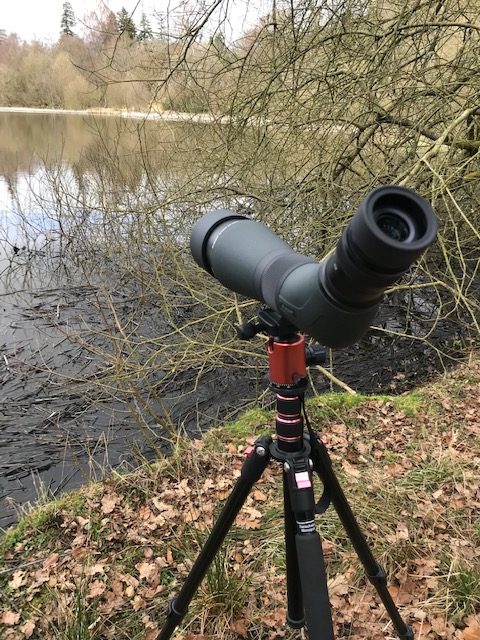
I took the SA405 spotting scope and lightweight photographic tripod to one of my local patches to suss out the local wildlife. I walked the half mile country road up to Culcreuch Castle Pond, carrying the scope in its neoprene case and the tripod. Once I got there, it took me less than five minutes to set the gear up and running to begin observations thanks to the built-in 1/4-20 tripod interface.

Unfortunately there wasn’t much activity at the pond on that particular morning, but my eye was drawn to a Grey Heron lurking in the reed bed on the east side of the pond about 150 yards in the distance. Curious, I dialled in the 20x to get an overview of the scene. I could see the Heron was concentrating intently, standing absolutely still as it glared at the water beneath it. I had seen this stance many times before using my binoculars, so I knew something exciting was about to happen. I quickly racked up the power to 60x and refocused using the helical focuser. To my amazement, the Heron thrust its long neck forward and grabbed a large frog from the reedbed. The frog’s head was clenched between its maxilla and mandible, its legs outstretched and kicking the air frantically as it contemplated its final hours. Moment’s later, the Heron swallowed the frog whole. But then, as I continued to watch the Heron, it made itself ready for another pounce, staring intently once again at the water beneath it. And then wham! Another large frog was caught up in its beak, and down it went into its tummy. To say I was shocked to see this through the scope would be an understatement. I had always assumed that these graceful, large wading birds fed on small fish and eels. Never did it dawn on me that it gorged on frogs too!
That wasn’t the end of it either. Within a few more minutes, the gluttonous Grey Heron had caught a third adult frog; yes a third; swallowing it live in front of my eyes! What an unforgettable few minutes! I would never have been able to get this close to this magnificent bird with my 8x or 10x binoculars, as they are notoriously timid, flying off at the merest hint of danger. I immediately appreciated the great magnifying power and clear and sharp images served up my this nifty instrument from this distant vantage. Lets just say this maiden experience consolidated my admiration for these marvellous optical devices, even though it did put me off my lunch.
A spotting scope like this can be used in different capacities, depending on your inclinations. Some will choose to use it to carry out simple visual observations. Others will like to Digi scope, taking pictures of wildlife etc with their own phones or cameras. Others may want to take it still further by attaching a dedicated digital imaging camera to the scope to take still or continuously live feeds. For example, Svbony’s dedicated SC001 2 Megapixel imaging camera can be inserted into the scope simply by removing the eyepiece. The SC001 camera has Wi-Fi connectivity to allow you to conduct still or live video feeds on your phone using the company’s App.
In this blog, I simply present a few images to the reader so that you can glean some more information about its optical performance. The following images were captured using my hand-held iPhone without a mounting device. Furthermore, the images are entirely unprocessed.




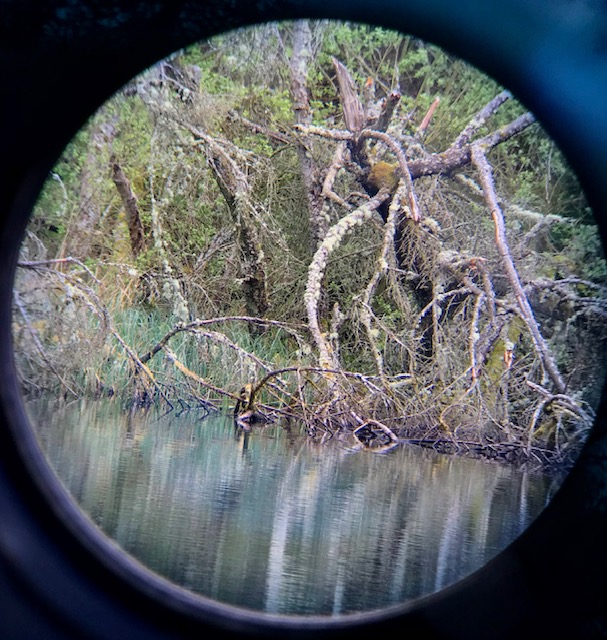

Conclusions & Recommendations
The Svbony SA405 20x-60x ED is an enjoyable spotting scope to experience. It’s very easy and intuitive to use and is very versatile, being more than capable of delivering great astronomical and terrestrial views. It’s perfectly at home on a lightweight photographic tripod or altazimuth astronomical mount. It delivers impressive images that most enthusiasts will be pleased with. Those wishing to explore other eyepieces can simply remove the supplied zoom eye piece and insert their own. This can provide even wider fields of view and potentially higher quality images. I write this in full knowledge that the SA405 is not the company’s flagship spotting scope model. That accolade goes to the SA401 20x-60x double ED scope, which can potentially serve up even sharper images for a few hundred dollars more.
I would recommend the SA405 to birders, general nature watchers and amateur astronomers who like to dabble in a bit of daylight observing. I think it represents very good value for money given the considerably higher prices commanded by more established sports optics firms like Opticron, Leica, Zeiss and Swarovski. And while it won’t match the performance of a $2k+ optic, it will do many things well and keep an enthusiast busy for years. In this capacity, it’s simply imagination limited!
See Part II which explores eyepiece options and imaging capabilities
Dr Neil English is a lifelong observer of the night sky but has, in recent years, broadened his horizons by delving into the weird and wonderful world of birding and nature studies. His new book, Choosing & Using Binoculars: A Guide for Stargazers, Birders and Outdoor Enthusiasts hits the shelves in the fall of 2023.

